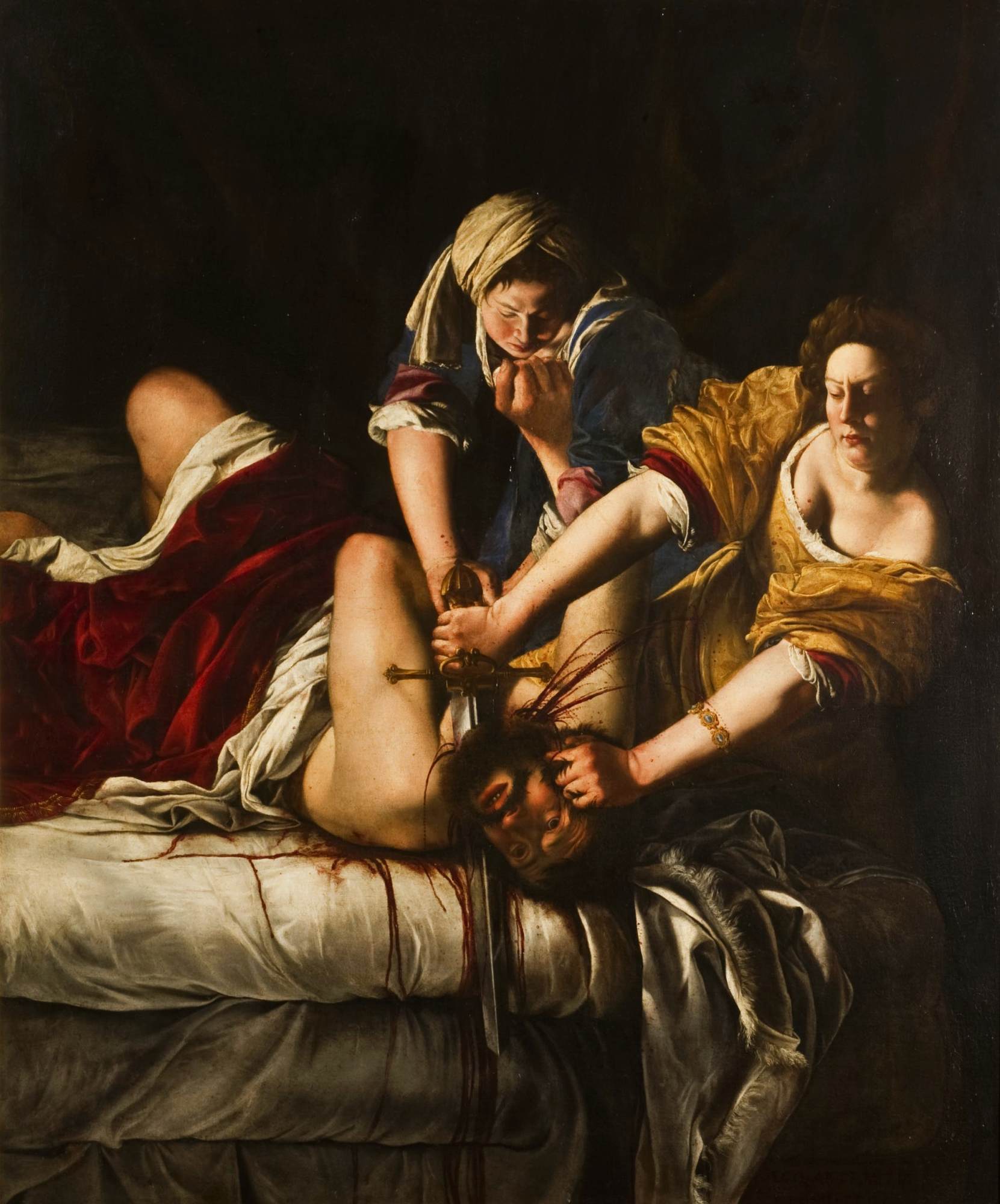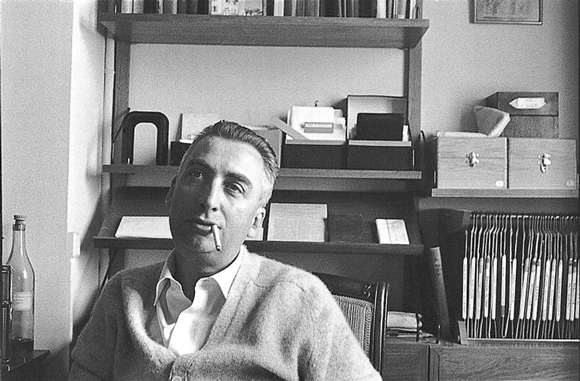 |
| Klimt, Unfinished Portrait in the Facing the Modern exhibition space (blurry Instagram view) |
My specialty is fin de siècle France, which is wholly different from
fin de siècle Vienna. Vienna as a cultural centre is place that has continually triggered my curiosity - it is dense and complex, many times too complicated to interpret. After my recent visit to the
National Gallery's 'Facing the Modern: The Portrait of Vienna 1900' I found myself reflecting on the general meaning of portraiture in art history - also the petri dish that was Vienna in 1900.
This is the context of Freud. It is a time when a sophisticated middle class recognised the inspired power of the avant garde and allowed them to participate more freely in creating the cultural landscape of the city. There was a reconfiguration of the artists' academy.
Klimt, Schiele,
Kokoschka were its modernist superstars.
.jpg) |
| Klimt, Portrait of Helene Klimt (his niece) |
This is also a time of political tensions: the creation and subsequent dissolution of the
Austro-Hungarian Empire, the onslaught of World War I, the rise of antisemitism, and the birth of Adolf Hitler.
How does all of this result in the proliferation of portraiture?
What is the significance of portraiture? There are so many implications held within this genre, but what does the proliferation of portraiture in a certain time and place mean, generally? In art history the patterns of middle class portraiture accompany eras/geographic regions of confidence, both economic and humanist, at times when the importance of religion in society is surpassed by the achievements of man.
We find the first emergence of middle class portraiture in the Italian
Renaissance (1400-1550). The next is during the
Dutch Golden Age (c. 1600-1700). Then again in late 18th century England and, finally, the turn of the century in Vienna. Portraits were typically reserved for royalty and the aristocracy, but during these times, in these geographic regions, it was the middle class who held the power and who dominated cultural trends. This is not a new assertion by any means, but it simulates my curiosity. . .the middle class assert their power collectively through individual representations of themselves. The collective is based on individualism.
 |
| Schiele, Portrait of Paris von Gutersloh (via wikipaintings) |
Additionally, portraiture is the most psychologically revealing genre. It is the artist's psychological interpretation of who they are experiencing. Portraits are as much reflections of an exterior as they are of a personality, an interior view of the sitter. They are as much a reflection of the individual subject as they are of the artists who re-create them.
And in the National Gallery's 'Vienna, 1900' the portraits overtly explore the psychological nature of the subject. This notion propels me in the direction of
Freud who is a product of this context. He was not the only one to explore the inner workings of the mind at this time - scientists had been doing it for decades - but seeing all of these works emerging from Vienna makes me thing that Freud was truly a product of his city. This confident, aware, open-minded, avant-garde atmosphere was essential for his success. Able access to a city filled with subjects who wanted to be explored/exposed for their individuality surely pushed him to the forefront of psychoanalysis. Silly question: maybe to use psychoanalysis is to reflect on 1900 Vienna's cultural trends?
 |
| Portrait of Freud (image via wikipedia) |
We often take for granted psychology and psychiatry as sciences that have always been there, that exploration of who we are as being a given part of our lives. This is simply not true. It was not until Freud that humanity was able to explore how they felt as individuals without being subject to ridicule.
 |
| Schiele, Self-Portrait in the Facing the Modern exhibition space |
Egon Schiele's portraits respond to this context as well; they are as raw as portraits get. He is the first artist to truly distort the body of his sitter to reveal their psychological state and his perception of that experience. Had he painted his subjects photographically real (as he was taught to and could do), the state of their/his energy would have been suppressed.
So many tiny threads for future learning were unlocked for me in this exhibition. It also made me reflect on our own time, the endless selfies, self-documentation through the images of Instagram. What do these portraits reveal about our psychological state - surely not economic confidence.
When we face ourselves, we become representatives of our context. No matter how individual we attempt to be, we are still the product of our time and place. When we face those at the start of modernism (over 100 years ago) we can still see ourselves - how the individual asserts themselves as a part of their context.












.jpg)


